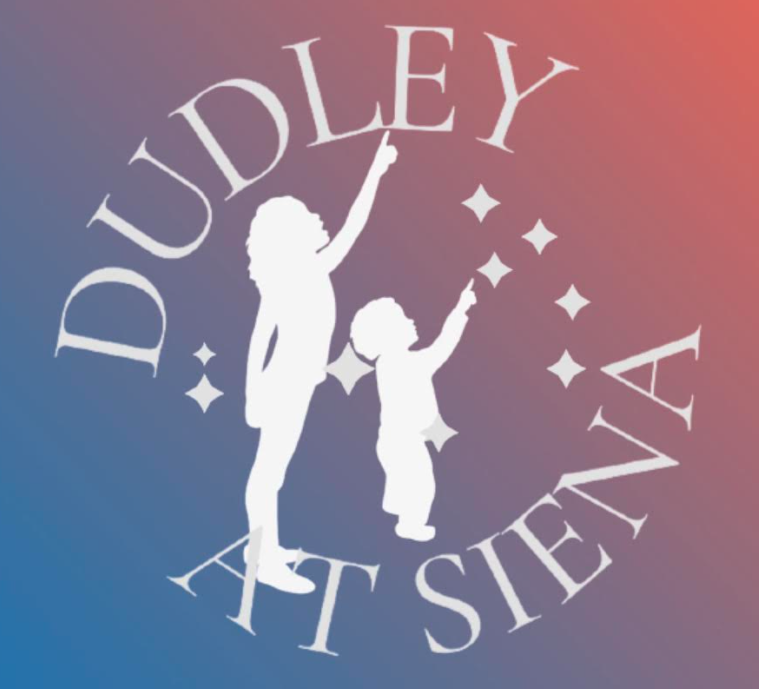Skywatch Line for Wednesday and Thursday, July 2 and 3, 2025, written by Alan French
This is Dudley Observatory’s Skywatch Line for Wednesday and Thursday, July 2 and 3, 2025, written by Alan French.
The Sun rises at 5:21 A.M. on Wednesday and sets at 8:37 P.M. On Thursday it rises at 5:22 A.M. and sets at 8:37 P.M. Thursday lost two minutes of daylight compared to last Thursday.
The Moon reaches first quarter early Wednesday evening and will begin moving toward full. The days near first quarter are ideal for observing the Moon with a telescope, or even steadily supported binoculars. Binoculars will show the larger features, while even a modest telescope will show a wealth of detail. Explorations over several nights reveal many changes because the Sun is now rising higher in the lunar sky, illuminating more of the Moon, and changing the illumination of features
visible earlier. Today’s digital cameras with telephoto abilities can nicely record larger lunar features, allowing the Moon to be explored at your leisure.
On Wednesday night at 9:30 P.M. the Moon will be just past first quarter and 52.4% of its visible face will be in sunlight. It will be 28 ½ degrees above the southwest horizon and set at 12:34 A.M. Thursday.
Thursday at 9:30 P.M will find the Moon 28 degrees above the horizon and just less than 62% in sunlight. It will set at 12:53 A.M. Friday.
The Earth is at aphelion, its farthest distance from the Sun, at 4 P.M. on Thursday.
Any binocular will provide nice views of many celestial objects, revealing more than is visible by eye. To learn about binoculars and what they show in the night sky, see books like “Binocular Highlights,” by Gary Seronik, or “Binocular Astronomy,” by Craig Crossen and Will Tirion.
If you already own binoculars, take them out during clear, dark moonless hours and explore the sky from the comfort of a reclining lawn chair. Many people get away from the city on vacation and get to experience night skies free of light pollution. Much of the Adirondacks are very dark.
Binoculars are described by two numbers, their magnification and aperture, in millimeters, so an 8×40 binocular magnifies 8 times and has an aperture of 40mm. It is a popular and worthy “all round” binocular, useful for birding, nature study, and astronomy. The slightly larger 10×50 has become popular for astronomy. It generally has a slightly narrower field of view, is harder to hold steady, and is heavier.
